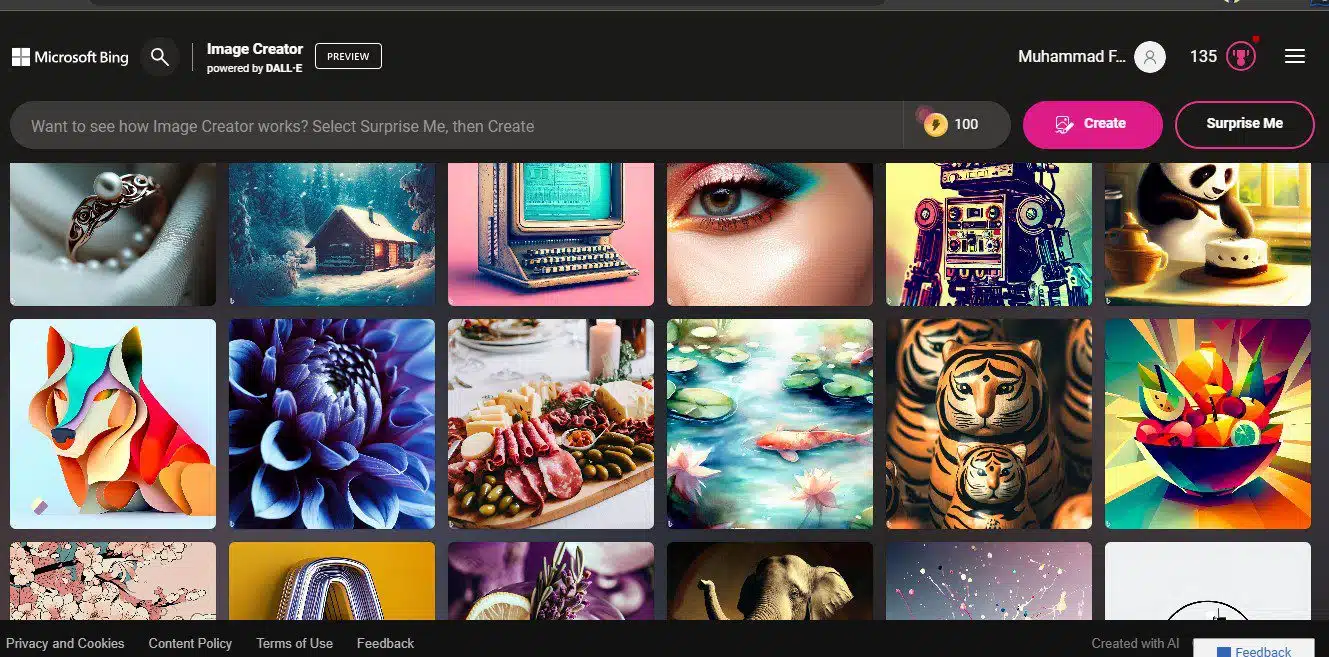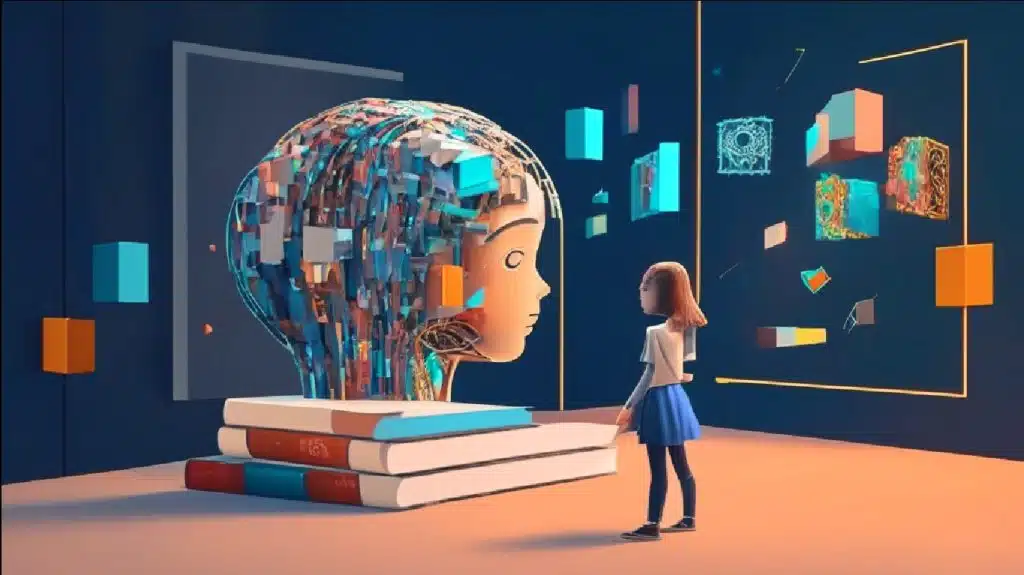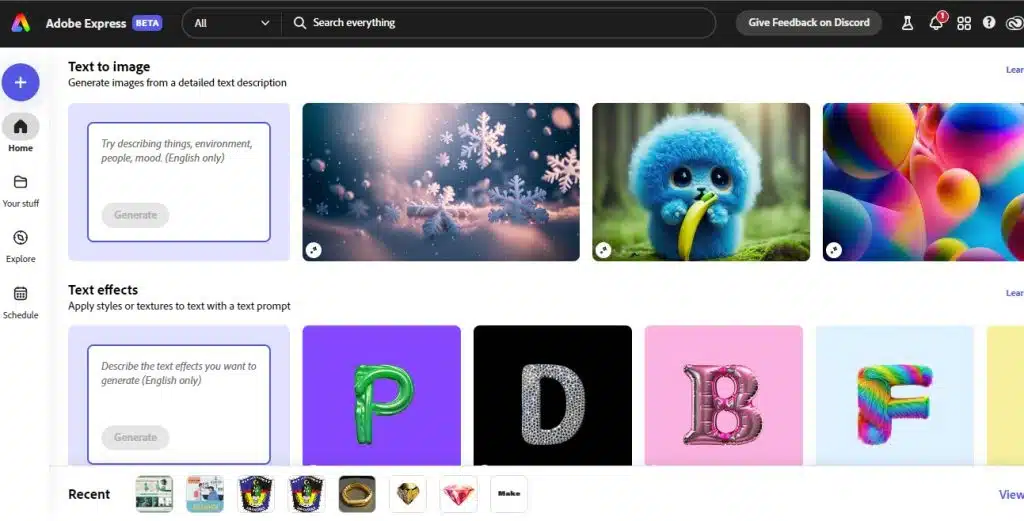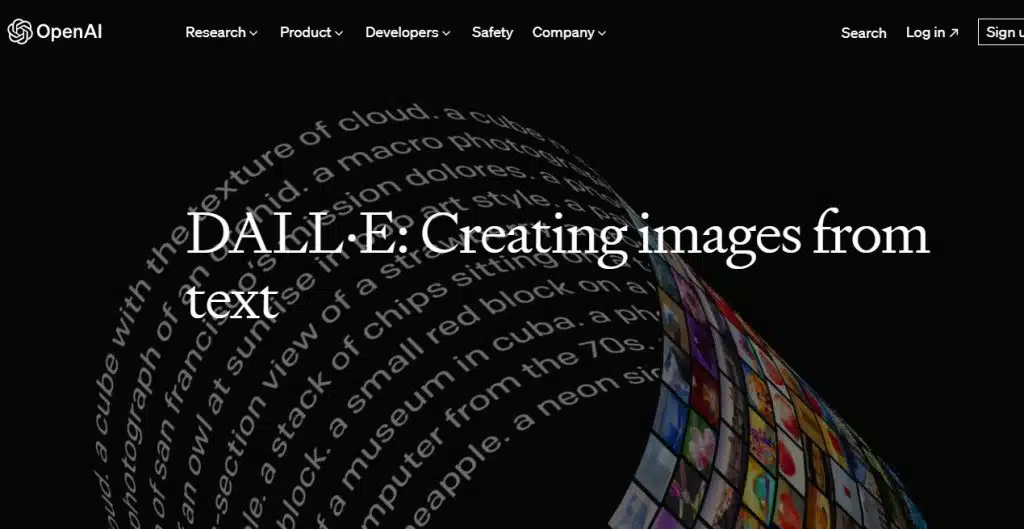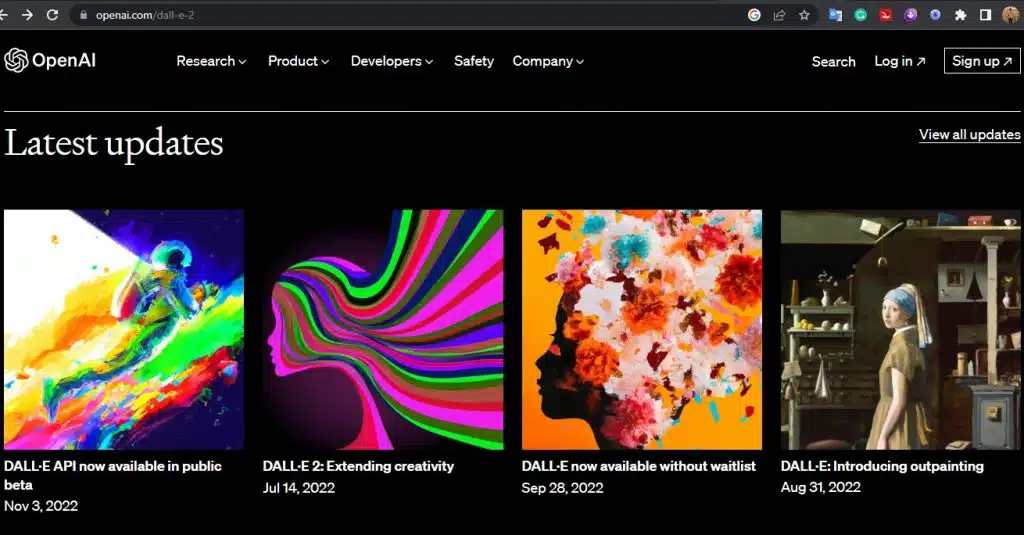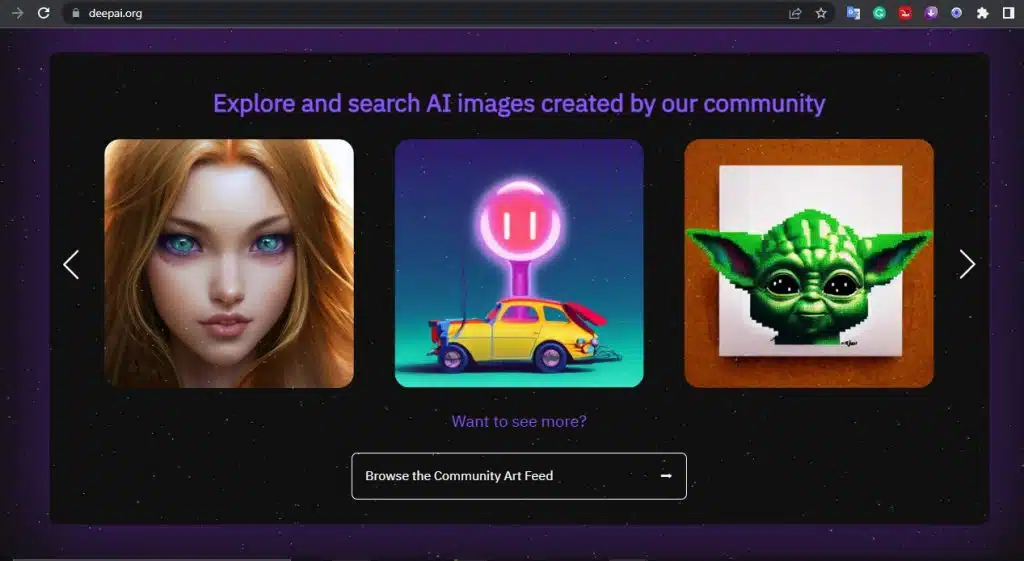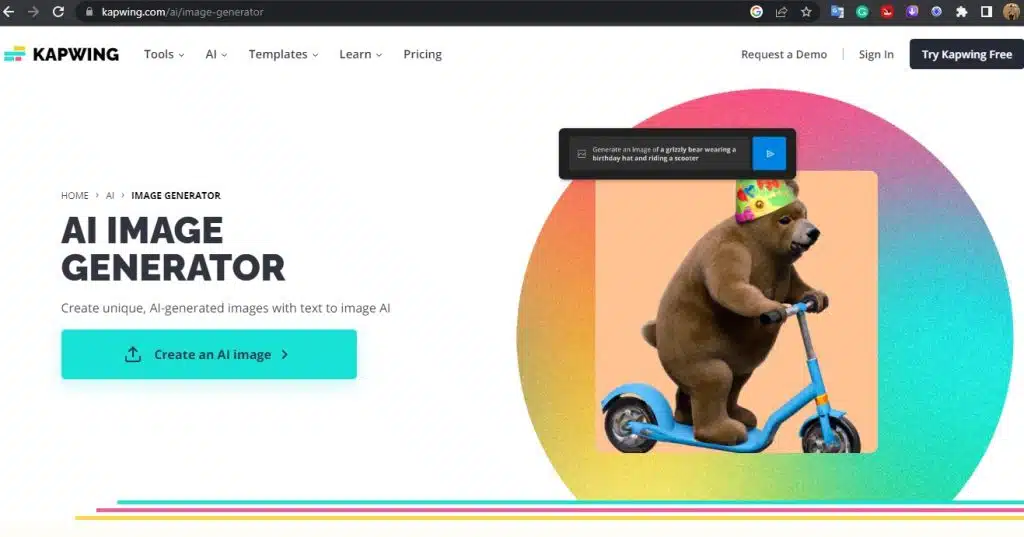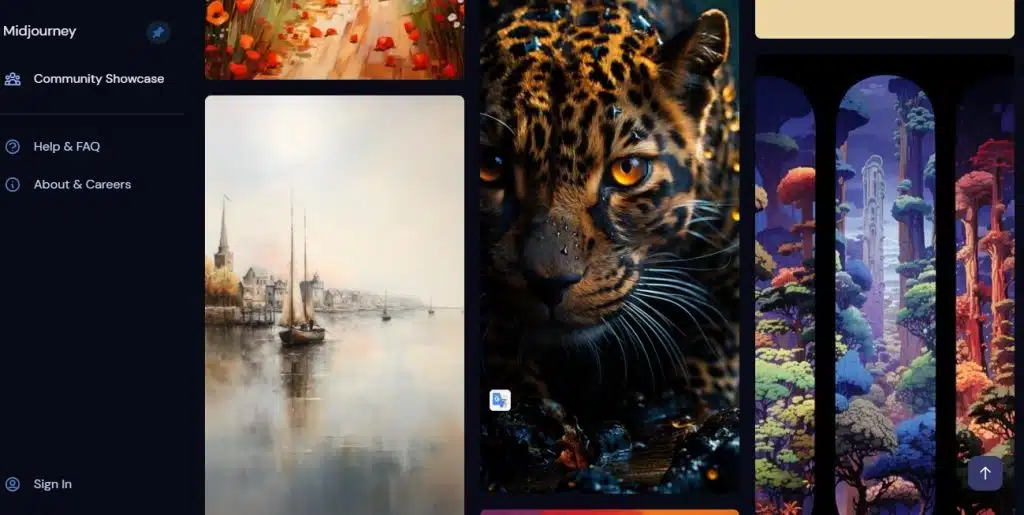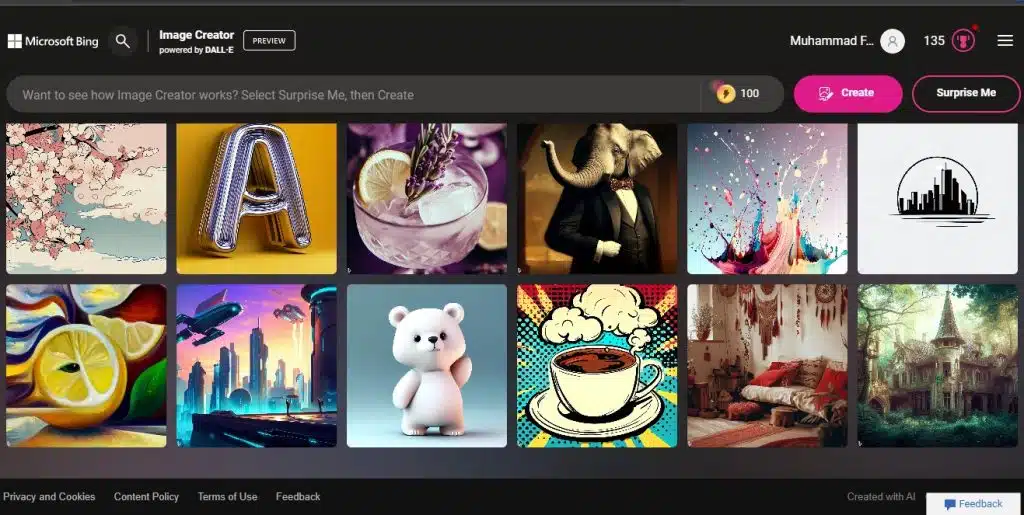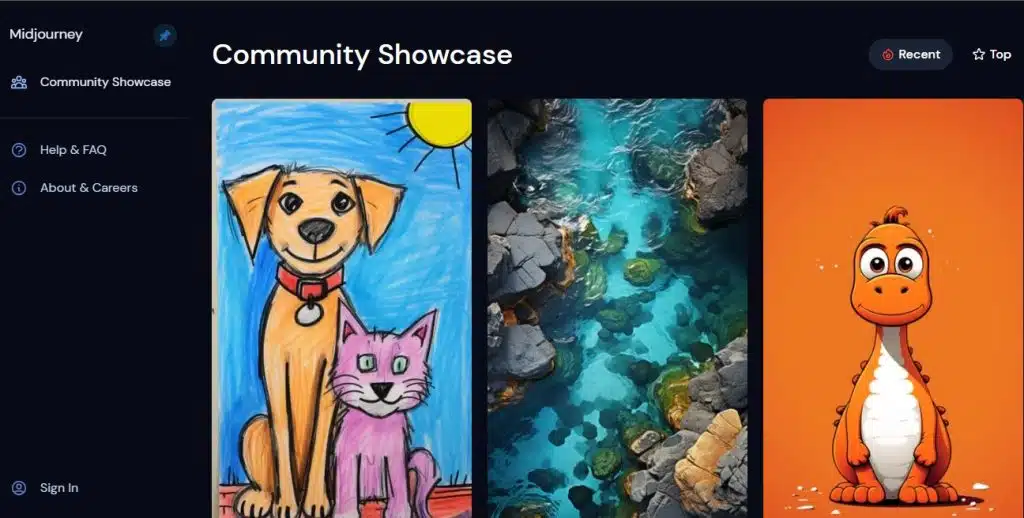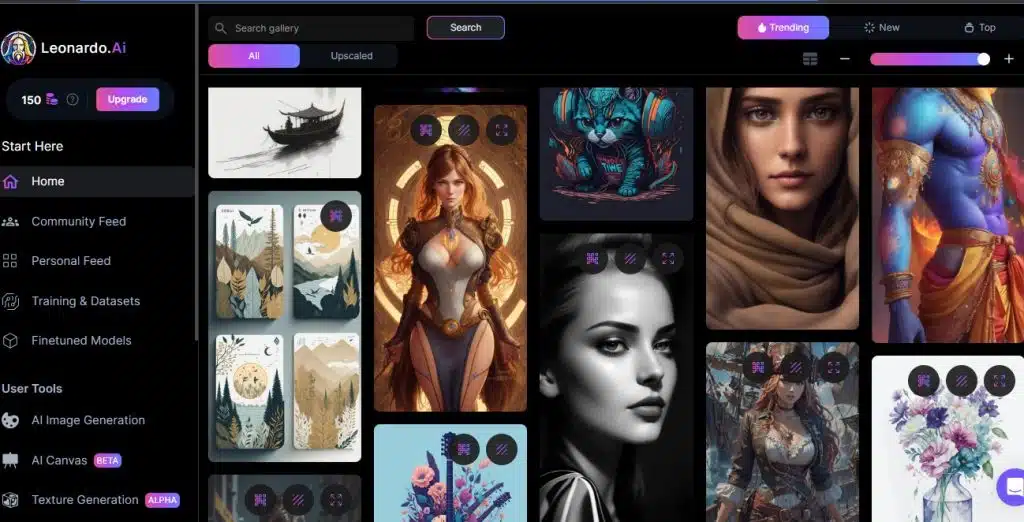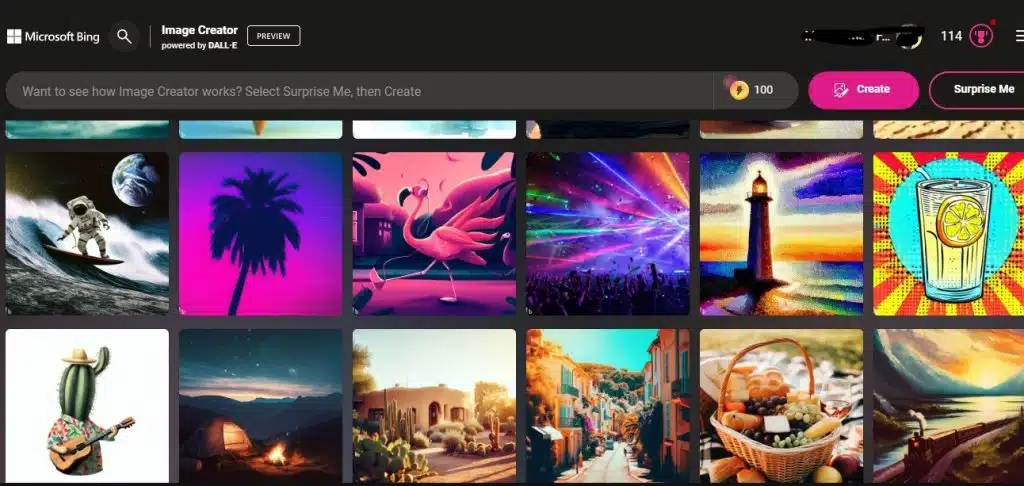The Benefits and Challenges of AI Image Generation Using Midjourney, Leonardo, and DALL·E – Unleashing the Power: Exploring the Benefits and Challenges of AI Image Generation with Midjourney, Leonardo, and DALL·E. AI image generation has emerged as a groundbreaking technology that enables the creation of images from natural language descriptions or other inputs. By leveraging advanced deep learning models, this technology synthesizes realistic and imaginative visuals based on user input, presenting many possibilities for art, design, entertainment, education, and beyond.
The Benefits and Challenges of AI Image Generation Using Midjourney, Leonardo, and DALL·E
In this article, we will delve into the benefits and challenges of AI image generation, showcasing three remarkable platforms that exemplify its capabilities: Midjourney, Leonardo, and DALL·E.
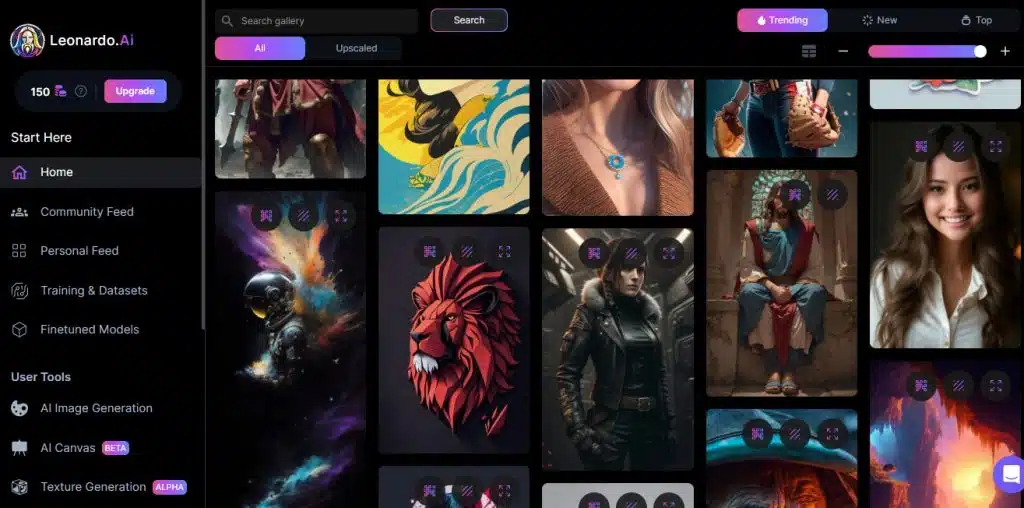
The Benefits of AI Image Generation
Creativity: AI image generation is a wellspring of creativity, producing images that are truly original, unique, and diverse. It transcends the limitations of reality and can seamlessly blend concepts, attributes, and styles that may be arduous for human artists to achieve. Furthermore, generating multiple images for a given input empowers users to select the most fitting or even combine various outputs, fostering a collaborative and dynamic creative process.
Inspiration: AI image generation serves as a wellspring of inspiration, presenting users with unexpected, surprising, and inspiring visuals. Exploring uncharted territories uncovers new ideas, perspectives, and possibilities that might elude human artists. This technology invigorates and challenges human creativity by providing valuable feedback and suggestions, propelling artists toward new artistic directions.
Enjoyment: AI image generation introduces an element of fun and entertainment into the creative process. Users can experiment with diverse inputs or constraints, collaborating with the AI as a creative partner. Furthermore, this technology caters to various genres and moods, generating images that evoke emotions ranging from fantasy and science fiction to horror and comedy.
READ: Text to Image AI: What It Is and How It Works
Noteworthy AI Image Generation Platforms
Midjourney: Midjourney, an independent research lab, stands at the forefront of exploring new dimensions of thought and expanding the imaginative capacities of humanity. Users can effortlessly generate images from natural language descriptions through their text-to-image AI platform. Midjourney boasts a small, self-funded team dedicated to design, human infrastructure, and AI, comprising 11 full-time staff members and an impressive lineup of advisors. Their relentless pursuit of innovation propels the field forward.
Leonardo: Leonardo specializes in AI image generation tailored to the gaming industry. This platform empowers game developers and designers by allowing them to generate assets such as items, characters, maps, structures, and concept art. With features like AI canvas, model finetuning, and image editing, Leonardo equips creative professionals with the tools to breathe life into their gaming visions.
DALL·E: Developed by OpenAI, DALL·E is an exceptional text-to-image AI model based on the renowned GPT-3 language model. DALL·E can generate images for any text prompt, ranging from simple objects to complex scenes. Moreover, it offers the ability to modify objects’ various attributes, including shape, color, texture, and number. This model has pushed the boundaries of AI image generation, setting new benchmarks in its field.
The Challenges of AI Image Generation
Quality: Despite remarkable advancements, AI image generation still has limitations regarding image quality and resolution. Generated images may not always achieve photorealistic standards or possess the required accuracy for certain applications. Additionally, artifacts, distortions, or inconsistencies might impact the overall aesthetics and usability of the images.
Safety: Ethical implications and safety concerns surround AI image generation. Generated images may contain harmful or offensive content that violates laws or societal norms. The privacy rights of individuals or groups depicted in these images may also be compromised. Furthermore, there is a risk of misuse or malicious manipulation of these images, necessitating responsible deployment and careful monitoring.
Responsibility: The responsibility and ownership of generated images pose intriguing questions. In some cases, the authorship or attribution of these images might not be clear, impacting their credibility and value. Intellectual property rights and copyright issues arise, influencing their distribution and monetization. Addressing these concerns will be pivotal in establishing a robust and accountable framework for AI-generated images.
READ: How to Create Stunning Artworks with Text to Image AI Generator
Conclusion
The Benefits and Challenges of AI Image Generation. AI image generation has revolutionized how images are created, leveraging advanced deep learning models to synthesize visually captivating and imaginative visuals from natural language descriptions or other inputs. The benefits of AI image generation, including enhanced creativity, inspiration, and enjoyment, have propelled its widespread adoption. However, quality, safety, and responsibility challenges persist, requiring users to understand and navigate the capabilities and limitations of platforms like Midjourney, Leonardo, and DALL·E. By doing so, creators can harness the power of AI image generation responsibly and ethically, unlocking its immense potential for various fields of human endeavor.


